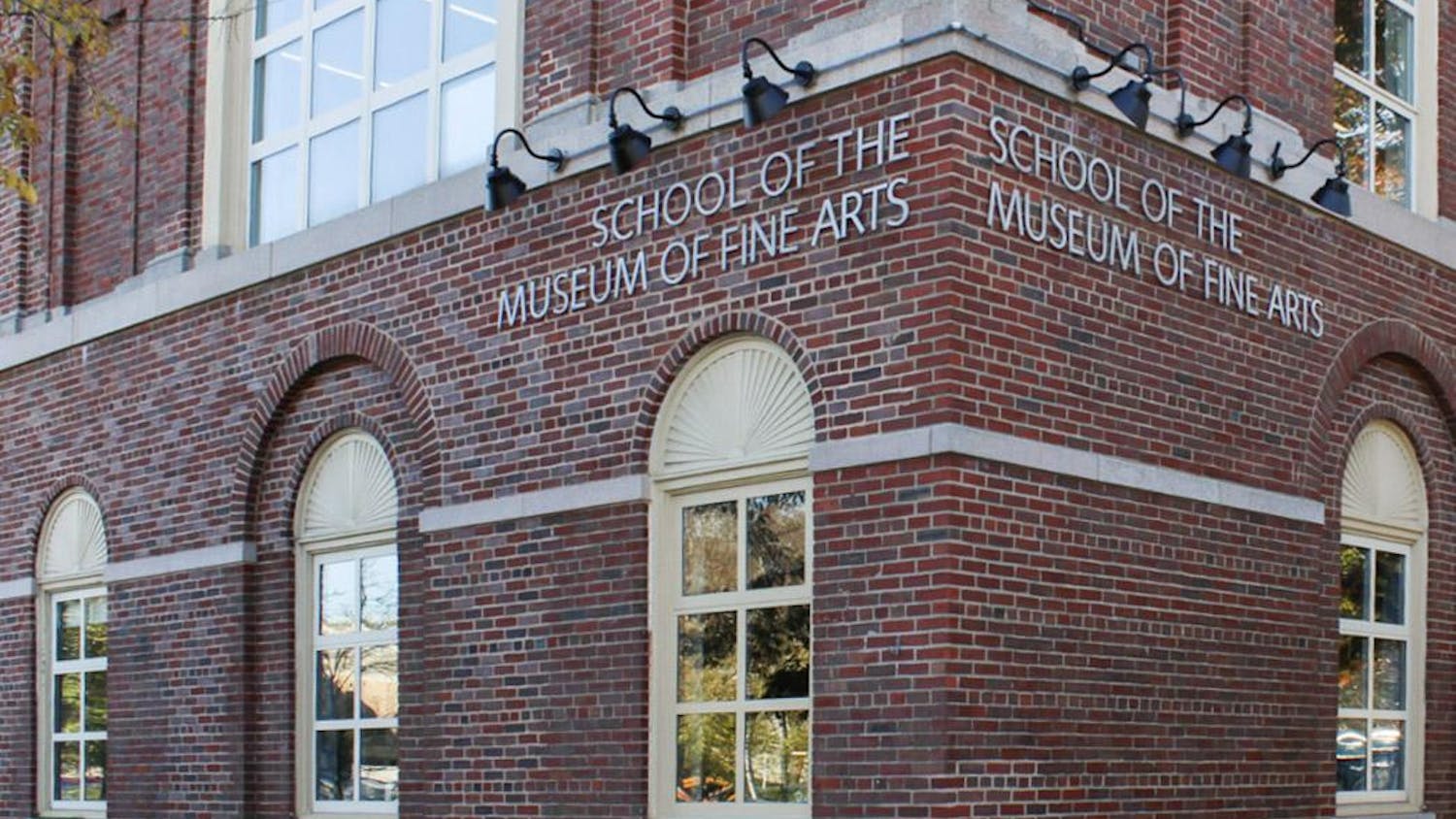For at least three years, concerned Somerville residents have urged city hall to repair and restore damaged walkways in Davis Square. The walkways, which are primarily made of brick, are rife with missing bricks, potholes and uneven ground.
The main advocate for brick restoration is DavisNow, a group of Somerville residents lobbying city officials to divert resources and attention to repair the walkways of Davis Square, which were first laid in 1984.
The organization proposed repairs to former Mayor Joseph Curtatonethree years ago, but after failing to secure a bid to perform the repairs within the city's expected budget for the projects, the efforts stalled.
DavisNow has called on the city to straighten bent parking meters, plant trees in empty tree wells and replace faded signage, but few of these requests have been met, according to the organization's website.
Diane Whitney Beck, the director and vice president of the Cambridge Brickwalk Conservancy, has advocated for similar repairs to brick sidewalks in Cambridge.
“People come to Cambridge in part to see all this history,” Beck said. “But it’s not maintained well.”
While many residents agree that Davis Square’s pedestrian spaces are in need of repair, the Somerville Commission for Persons with Disabilities and DavisNow disagree on whether new sidewalks should be repaved with brick or concrete.
Bonnie Denis, the chair of the Somerville Commission for Persons with Disabilities, believes the brick sidewalks in Davis Square should be completely removed and replaced with concrete.
“The Somerville community of people with disabilities has been very clear for quite some time that we don't believe brick is the best surface, and we'd like them to listen to our guidance,” Denis said.
Denis, who uses a wheelchair, said that concrete is "just easier to get across."
“[It] tends to be a lot smoother and not as slick when it rains," she said.
On the other hand, Chris Iwerks, one of the leaders of DavisNow, believes there are misconceptions about the safety of brick as opposed to concrete.
“[the accessibility commission] didn’t want brick … even though you can show that both materials are acceptable,” Iwerks said. “So there’s a point at which it’s not criteria driven, it’s more feeling driven.”
A surface’s safety can be roughly measured by the amount of vibration it creates on a wheelchair. Too much vibration can cause discomfort, and in some instances, spinal damage and muscle fatigue.
In a defense of brick’s safety to those with mobility impairments, Beck pointed to a 2001 study suggesting little statistical difference between vibration caused by brick and concrete. However, Denis refuted the applicability of the study, noting that only able-bodied people participated in testing, tests were only conducted on inclined surfaces and trial scenarios did not account for moisture on surfaces.
Mayor Katjana Ballantyne has expressed support for pedestrianizing Elm Street and updating brick sidewalks, but she noted in a letter to DavisNow last year that “the first priority needs to be to make sure that Davis Square is ADA accessible.”
Denis emphasized that if Elm Street were to be converted into a pedestrian-only zone, it would have to be not just safe but also inclusive of pedestrians with disabilities.
The city is currently working to develop plans for a Davis Square renovation, Somerville Deputy Director of Communications and Community Engagement Meghann Ackerman told the Daily, but officials haven't yet decided whether the new sidewalks will be made up of brick or concrete.
Although city hall has yet to estimate the potential cost of repairing Davis Square’s sidewalks, DavisNow estimated that the restoration of sidewalks, curbs, poles and trees would cost around $740,000.
Iwerks said he doesn't expect his group's proposals to be taken up immediately by Mayor Ballantyne, who is currently working to implement her 100-day plan.
“It's really very early," Iwerks said. "[The 100-day plan] is very ambitious, it contains lots and lots of socially oriented things and climatological issues, so I think it may be a little bit early to expect that this kind of endeavor is going to get a lot of traction.”
In Iwerks’ opinion, the condition of bricks in Davis Square unfairly characterizes the safety of other brick installations with better laying methods.
“It's not that brick can't be accessible and concrete can, or vice versa,” Iwerks said. “Both can be.”






